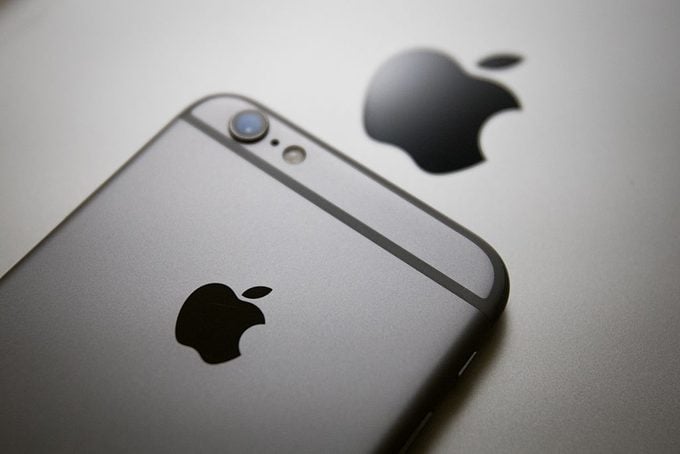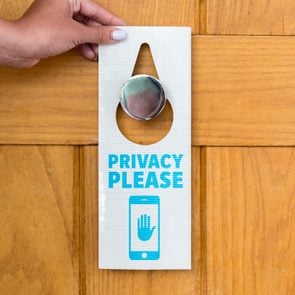This Is Why You Should Always Update Your iPhone
Updated: Apr. 03, 2023

Apple does a great job keeping iPhones secure, but you still need to keep your software up to date.
When an automobile manufacturer issues a recall—and offers free parts and services to fix the issue—it makes sense to go to the dealership and get it done. It’s the same when Apple issues a software update. Sometimes updates are issued to keep devices running efficiently or to keep your personal information safe, but regardless of the reasons, installing the updates is always critical.
You might wonder why you have to install new software on a brand-new iPhone or an iPhone you just updated. It’s true that iOS is notoriously secure and an iPhone’s security is hard to crack, but even iPhones can get viruses. “Your iPhone isn’t a finished product—no smartphone is—and neither are your tablets and computers,” says Monica Eaton, Owner & Founder of Chargebacks911. “They’re all a work in progress, especially the software.”
WebKit is Apple’s latest vulnerability, and it’s recommended that all iPhone users update now to stay safe. “When Apple issues an update, it almost always means that attackers and hackers know about the vulnerability that is being fixed as well, so that makes it even more important to install these updates,” explains Alex Hamerstone, advisory solutions director at TrustedSec. “Users should always keep their software up to date and install any updates offered by Apple. To play it safe, be sure your iPhone is set to automatically update!” Yes, there are tons of iPhone hacks to streamline your life, but the ultimate hack is to simply update your iPhone.
What is iPhone’s WebKit vulnerability?
“Apple developed the WebKit browser engine, which empowers Safari, other iOS and iPadOS web browsers, Google Chrome for iPhone, Amazon’s Kindle and certain PlayStation and Nintendo consoles,” Eaton says. “If you accidentally visit a website that’s been compromised, cybercriminals can potentially exploit the Webkit security gap so it runs and executes a malicious code. That can cause all kinds of serious problems for your iPhone, from privacy violations to financial fraud to ransomware.”
Security issues are sometimes discovered internally, but in the case of WebKit, it was Google’s Threat Analysis Group that found the flaw, not Apple. Apple acknowledged that the WebKit security gap might have already been exploited, so downloading this update is urgent because the longer you wait, the more you open yourself to the potential for fraud. Apple released additional information about the WebKit vulnerability and the update that resolves it.
“One of the reasons this vulnerability is so concerning is that it could allow a phone to be compromised simply by visiting a malicious website,” Hamerstone says. “The user doesn’t need to click anything or download anything.”
More reasons to update your iPhone

These updates may feel annoying when they seem one after another, but they’re always for a good reason. “Maximizing efficiency and accessing new features is only half of the equation,” Eaton says. “The other key reason to always update your iPhone is your safety.”
Eaton explains that many updates are a reaction to what cybercriminals are doing. “Hackers and criminals will search until they find a gap in your security,” Eaton explains. “Once they find a gap, news can spread very quickly within their community. Fortunately, companies like Apple have brilliant, dedicated people who are working just as hard to close these gaps once they’re detected, but you need to update your iPhone ASAP to maximize your protection.”
“Keep in mind that some updates are for new features and updated usability—but those are often issued in the same updates as security fixes—and as with most updates, there are things included besides this security fix,” Hamerstone says. “Some other usability bugs [are] being fixed, but from a security perspective, what is most interesting is that Apple will now support physical multifactor authentication.”
Sources:
- Monica Eaton, Owner & Founder of Chargebacks911
- Alex Hamerstone, advisory solutions director at TrustedSec
- Apple Support, “Update iPhone automatically”
- Apple Support, “About the security content of iOS 16.3.1 and iPadOS 16.3.1”




















